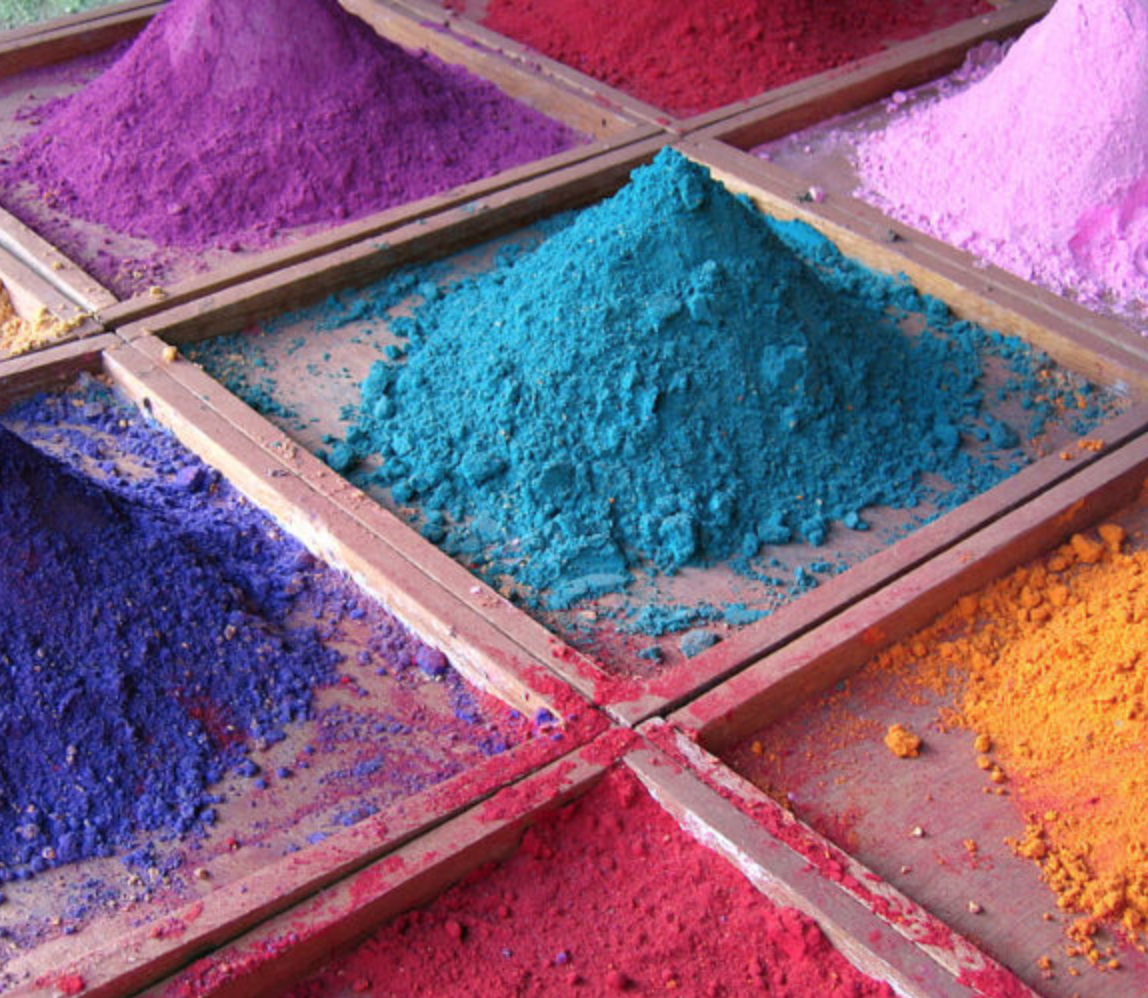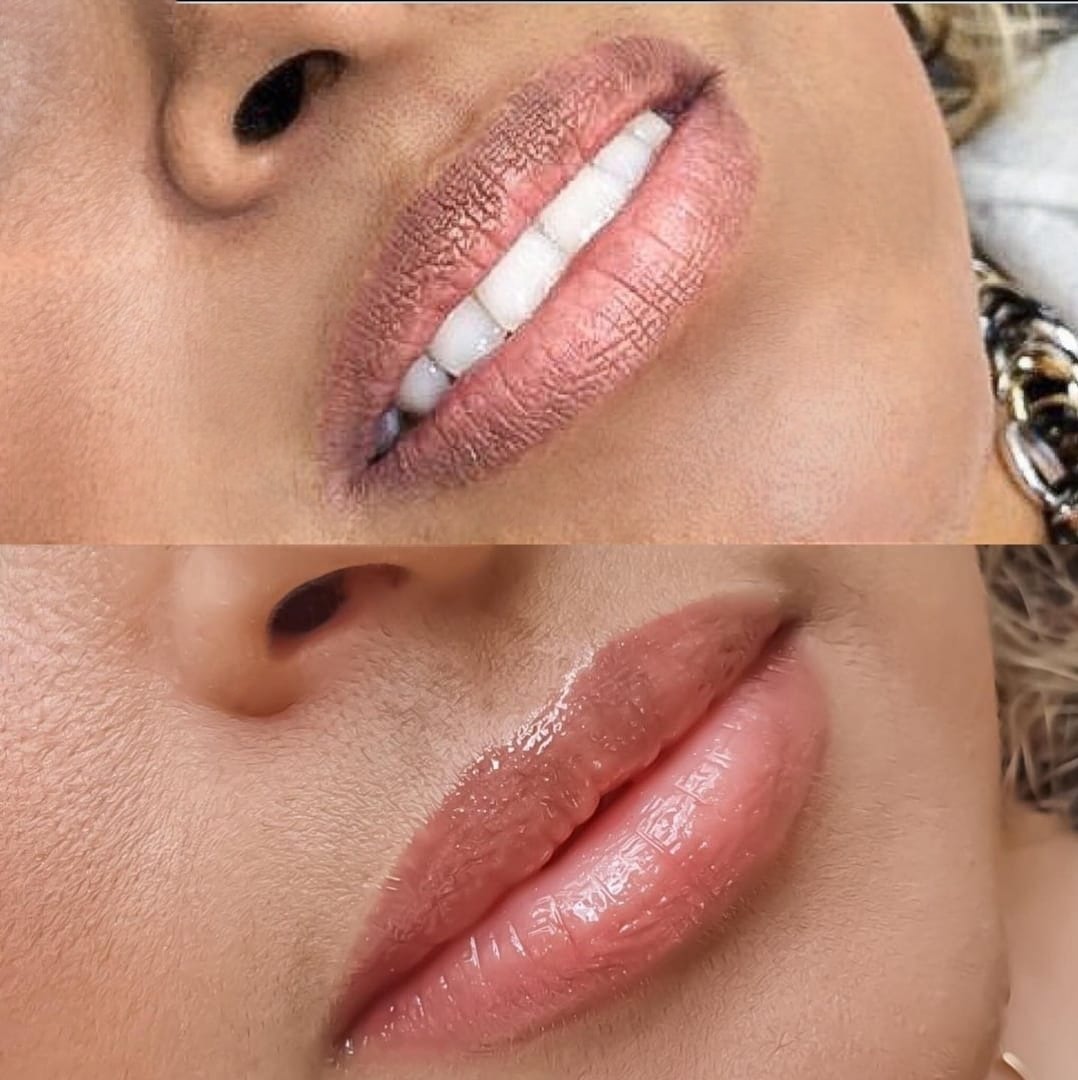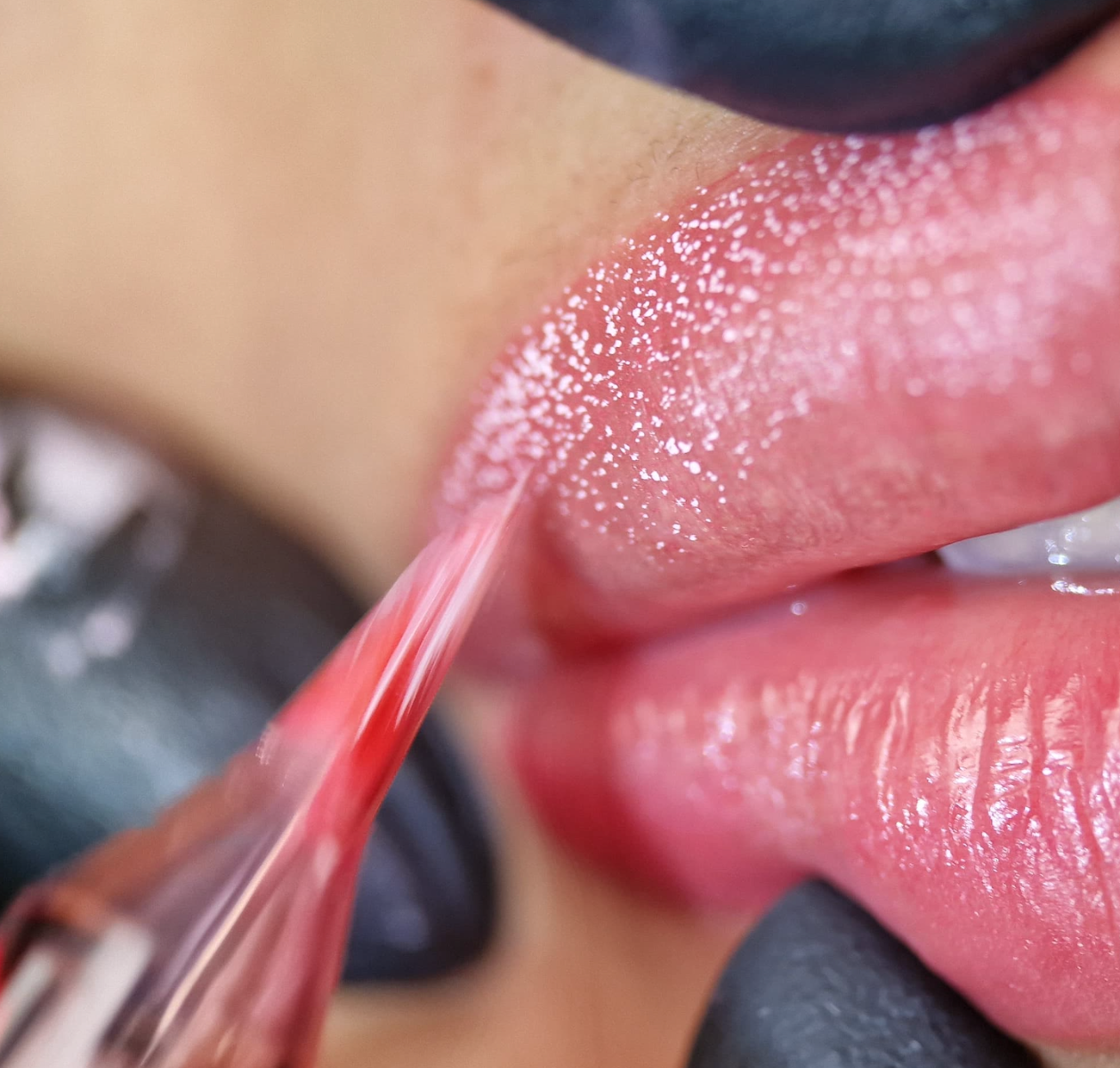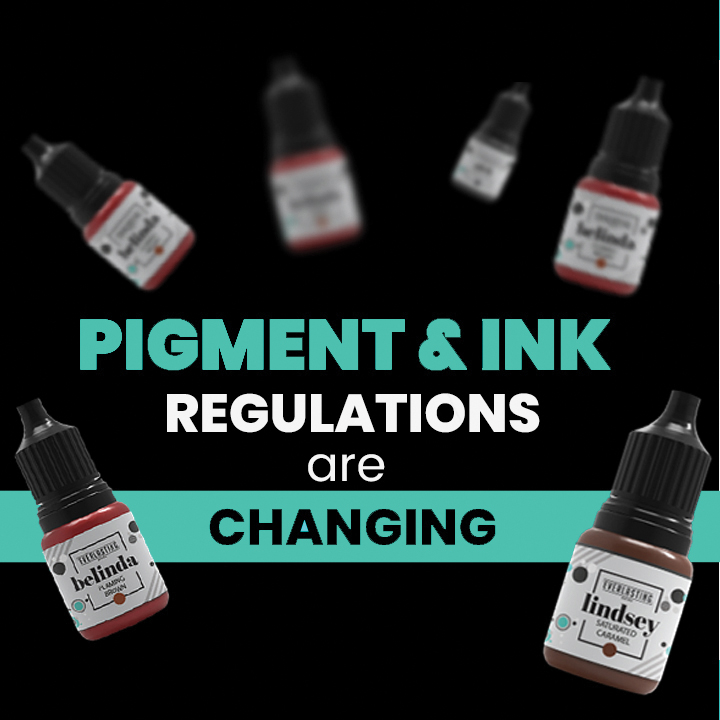
Latest pigment and ink requirements and how you are already affected.
In this blog I would like to address some of the questions you may have as an artist and help understand how these changes affect you, your salon and your clients.
Why are pigments and inks changing, does it mean previous formulations were not safe?
All industries are always striving for better and safer products and this is an ongoing process. With long term studies and research done on certain ingredients, technologies and techniques; we learn about their effects. Saying that, some pigment manufacturers and lines (such as Everlasting Brows) are extremely forward thinking and produce pigments in accordance with the latest findings long before they are made a compulsory requirement (but you’ll also be surprised how many big brands don’t!). It is a long process from the moment when we learn about potentially hazardous ingredients, until these are actually banned or restricted. It is not uncommon for some manufactures not to even be aware of impurities in the raw ingredients they purchase that may have negative health implications. You’ll find that reputable suppliers who care about their clients health and formulations, will be compliant well before regulations come into force, but this is a small minority, for many brands, this might be the end of the road as compliant raw ingredients are expensive or difficult to find.
What kind of hazards are posed by ingredients being banned or restricted?
It is long known, that the effects of pigments and inks can be seen way past the area they are tattooed in. Although visually it seems that pigment stays put in one area, effects not seen by the naked eye can extend to the whole body. Besides the obvious possible consequences of skin reactions and chronic allergies, there are other, more serious carcinogenic or mutagenic issues that may arise. Additionally, As the pigment breaks down, studies have shown that nano particles of pigments becomes trapped in lymph nodes, these particles then prevent the lymphatic system to effectively remove toxins and eventually present a whole new array of health related issues, including but not limiting to cancer and immune deficiencies, ones that you may never connect to your favourite tattoo or even brows on fleek.
When are the new regulations coming into power?
Besides pigment formulations, the labels are also required to change, why?
What do artists need to do in order to be compliant?
Because simple is our second name, we have summarised what the annex states artists need to do to comply:
1. Ensure the pigment brand you use is compliant, look for information on their website or ask them, don’t assume.
2. Look out for this statement present on the label: ‘Mixture for use in tattoos or permanent make-up’ (this is one way of ensuring your pigments are compliant). This statement must be provided in the language of your country.
3. Hand out leaflets to your clients with pigment information of ingredients that were used during the procedure (the requirements state: “the tattooist should provide information marked on the packaging, or included in the instructions for use, to the person undergoing the procedure.”)
4. If you’re stocking up on pigments before 4th of January 2022, ensure they are already compliant, otherwise it may been you will not be able to use them after the 4th of January 2022.
Is this really necessary?
Are Everlasting Brows pigments compliant?
If you see the below label style on your bottle, know that your pigment is compliant already. Also expect a bright turquoise label applied in the language of your EU country.
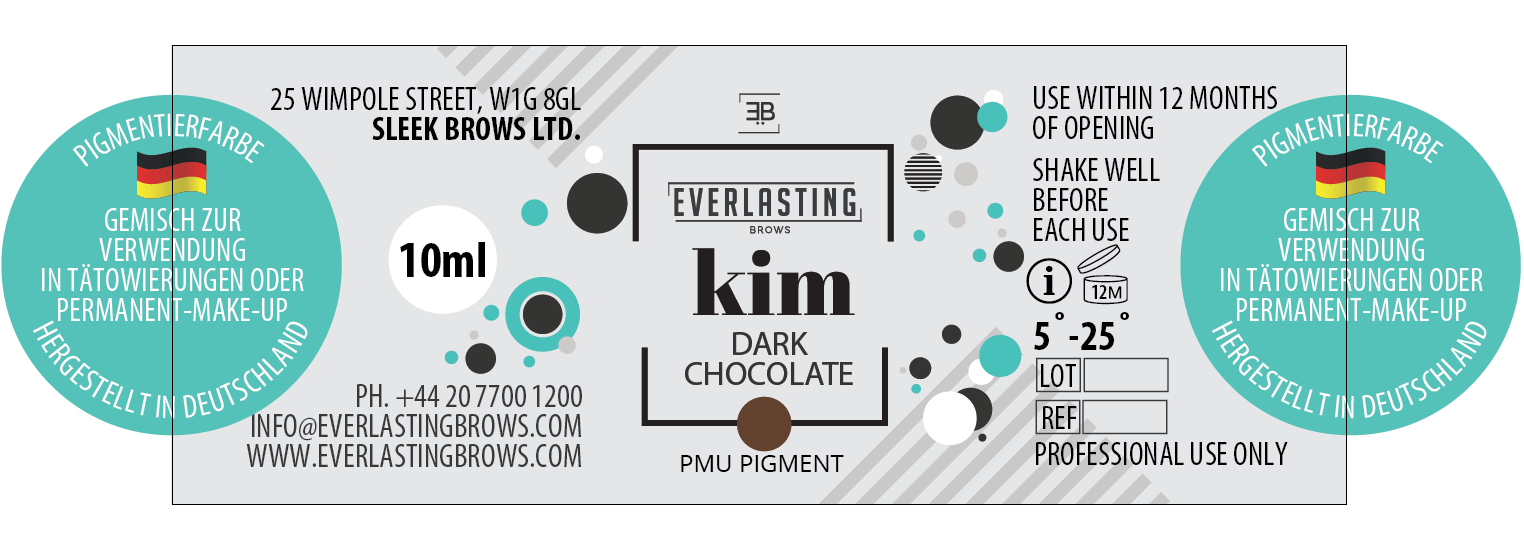
 me
me global
global us
us uk
uk bel
bel za
za